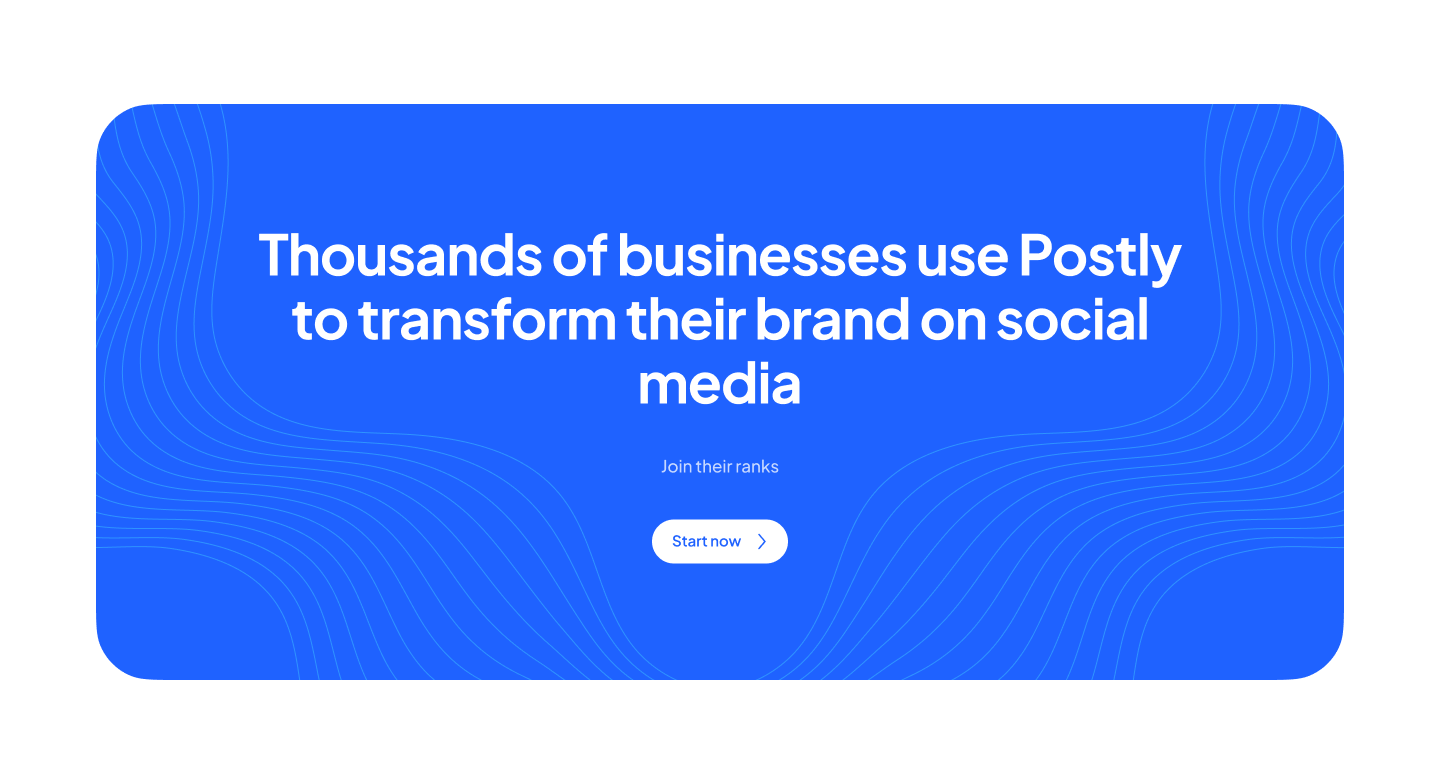Building Audience Personas A Step-by-Step Guide for Effective Content and Engagement Strategies

Introduction
In the ever-evolving world of digital marketing, understanding your target audience is paramount. Audience personas, also known as buyer personas or marketing personas, are fictional representations of your ideal customers. These personas encapsulate the characteristics, behaviors, and motivations of various segments of your audience. In this article, we will guide you through the process of creating detailed audience personas to drive content and engagement strategies.
1: Why Are Audience Personas Important?
Defining Audience Personas
Before we dive into the process of creating audience personas, it's crucial to understand why they are important. Audience personas provide a deep understanding of your target audience by characterizing different segments. This knowledge allows you to tailor your marketing efforts, improve content relevance, and enhance customer engagement.
Benefits of Audience Personas
- Enhanced Relevance:
Personas enable you to craft content and messages that resonate with each audience segment. This relevance results in better engagement and increased conversion rates.
- Improved Content Strategy:
With a clear understanding of your audience's pain points and preferences, you can create content that addresses their specific needs, increasing the effectiveness of your content strategy.
- Better Product Development:
Persona-driven insights can guide product development by identifying the features and solutions that will appeal most to your target audience.
- Tailored Marketing Efforts:
Your marketing campaigns can be precisely targeted to different segments, maximizing the impact of your efforts and optimizing your marketing budget.
2: Getting Started with Audience Personas
Data Collection
The first step in creating audience personas is gathering data. Here are some sources to consider:
- Surveys: Conduct surveys to directly ask your audience about their preferences, pain points, and needs.
- Website Analytics: Analyze your website data to understand the behavior of your visitors.
- Social Media Insights: Examine your social media analytics to gain insights into your audience's interests and engagement patterns.
- Customer Interviews: Conduct interviews with your existing customers to delve deeper into their motivations and behaviors.
Analyzing the Data
Once you've collected data, identify patterns and commonalities. Look for recurring themes, shared pain points, and similar demographics. These insights will form the basis of your audience personas.
3: Creating Detailed Audience Personas
Demographics
Start by defining the demographics for each persona. This includes characteristics like age, gender, location, and occupation. For example, if you're a fitness brand, you may have a persona for "Active Annie," a 35-year-old female living in an urban area.
Psychographics
Psychographics delve into the psychological and emotional aspects of your audience. This includes lifestyle, values, interests, and motivations. Continuing with the fitness brand example, "Fitness Freak Fred" might be a persona that represents someone who values health and wellness, is passionate about fitness, and seeks constant self-improvement.
Behaviors
Understanding the behaviors of your audience is crucial. How do they interact with your content? What actions do they take on your website or social media? For instance, "Engaged Emily" might represent an audience segment that frequently shares your content, participates in discussions, and clicks on your calls to action.
4: Crafting Personas
Once you've collected and analyzed your data, it's time to craft your audience personas. Each persona should have a name, a photo, and a detailed profile. For example:
Name: Active Annie
- Age: 35
- Gender: Female
- Location: Urban
- Occupation: Marketing Manager
Psychographics:
- Values health and wellness.
- Enjoys yoga and hiking.
- Believes in work-life balance.
- Seeks convenience and efficiency in fitness routines.
Behaviors:
- Follows fitness blogs and influencers on social media.
- Subscribes to a weekly fitness newsletter.
- Engages with your brand's social media posts.
5: Applying Audience Personas
Content Creation
Your audience personas should guide your content creation process. Develop content that addresses the pain points and interests of each persona. Active Annie might appreciate content about quick and effective home workouts, while "Fitness Freak Fred" might prefer articles about advanced training techniques.
Marketing Campaigns
Segment your email marketing and ad campaigns based on personas. Tailor your messages to resonate with the specific needs and motivations of each persona. This personalized approach will yield better results and engagement.
Product and Service Development
Your personas can influence product or service enhancements. If you discover that "Budget-Conscious Brian" values affordability, you might create a budget-friendly product line or pricing package.
Conclusion
Audience personas are indispensable tools in modern marketing. They allow you to understand your target audience deeply, create relevant content, and engage effectively. By following the step-by-step guidance in this article, you can create detailed audience personas that will be the driving force behind your content and engagement strategies. Investing the time and effort into building audience personas is an investment in the success and growth of your business.

